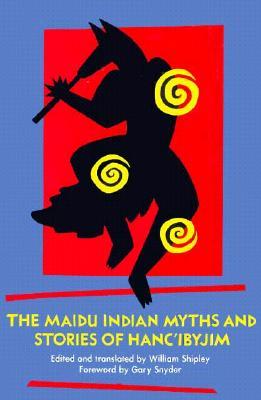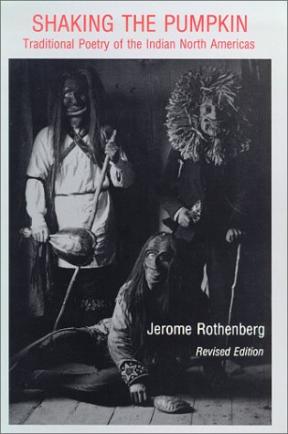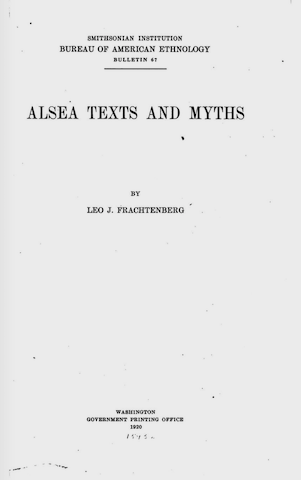| Wind River Shoshone |    |
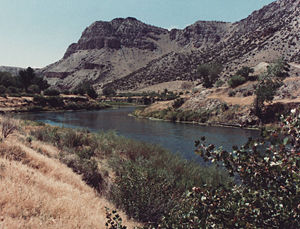 The
Wind River Shoshone are the Eastern Shoshone of the large Wind
River reservation in Wyoming. Their language belongs to the Numic
group of Uto-Aztecan.
The
Wind River Shoshone are the Eastern Shoshone of the large Wind
River reservation in Wyoming. Their language belongs to the Numic
group of Uto-Aztecan.
Dick Washakie, the first Indian signer in the Fort Browning film about Plains Sign Language, belonged to this group. Fort Washakie, the largest town on the reservation, is named after his father.
Sacajawea (or Sacagawea) was also Shoshone, although from further west (in Idaho).
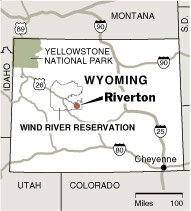 The
Wind River Reservation is also the home of Northern Arapaho speakers.
A New York Times article discusses their efforts to preserve their language; it includes an audio slideshow.
The
Wind River Reservation is also the home of Northern Arapaho speakers.
A New York Times article discusses their efforts to preserve their language; it includes an audio slideshow.
There is an online dictionary of Northern Arapaho, with audio of some words. The variety of Arapaho here is not identical to that described by Goddard (and used in the homework); for example, "dog" is listed as heθ rather than éθ.
In this transcription system, 3 c ' = [θ č ʔ].
